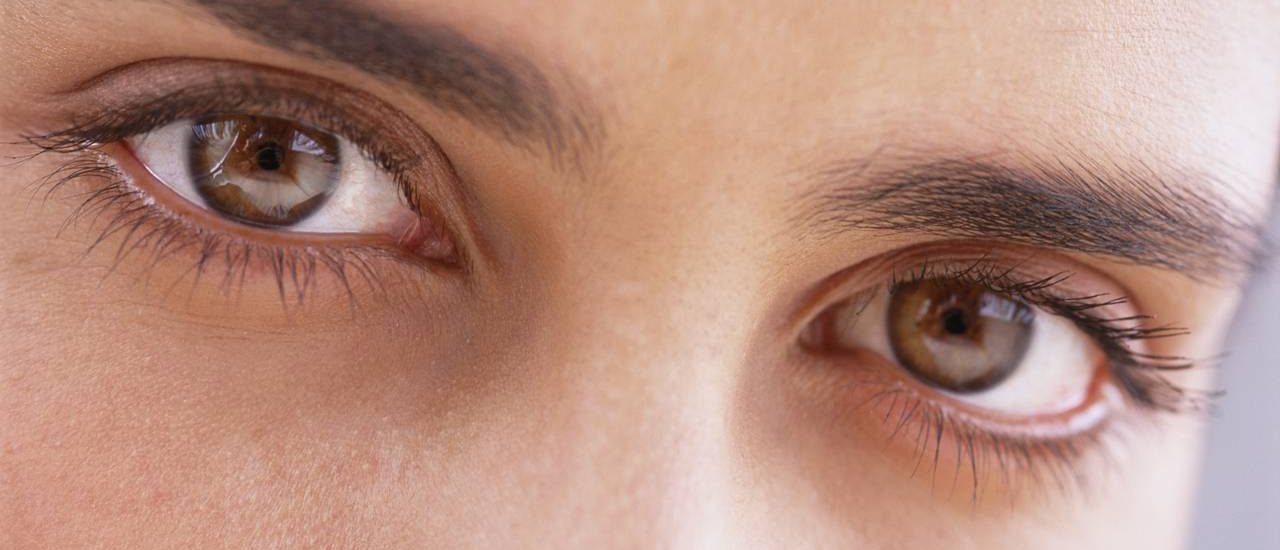Women’s eye health deserves special attention—for lots of reasons.
- Two-thirds of all blindness and visual impairment occurs in women.
- Women typically live longer, putting them at higher risk for diseases such as age-related macular degeneration (AMD), glaucoma, and cataracts.
- They are also more likely to suffer from autoimmune conditions, which often come with visual side effects.
- Normal age-related hormonal changes may also affect their eyes. Dry eye, for example, is more common in women, in part due to hormonal changes that come with aging.
“We need to engage women in caring for their eye health,” says Mary Elizabeth Hartnett, MD, of the John A. Moran Eye Center. “Women may be less likely to access health care for themselves, for example,if they forego regular exams to manage family concerns or take care of others instead of themselves. My focus is retinal disease. It is important that everyone, including women, be aware of symptoms like floaters, light flashes, or distorted vision—all possible signs of more serious retinal conditions. That’s important because if we can intervene at an early stage, we can often prevent vision loss.”
Less likely to access health care
According to a survey by Prevent Blindness, less than 10 percent of women realize that they are at a greater risk of suffering permanent vision loss than men; 86 percent incorrectly believe that men and women are at equal risk, and five percent think that men are at greater risk.
The same survey found that one in four women have not had an eye exam in the last two years.
Plan on prevention
What should women be doing to protect their eyes?
- Get a dilated eye exam. This is the only way to know if your eyes are healthy and your vision is intact. Talk to your eye care professional about how often you should have one.
- Eat a healthy diet. Lower your risk of eye disease by eating plenty of fresh fruits (especially citrus) and green, leafy vegetables, salmon, tuna, and other oily fish. Include eggs, nuts, beans, and other nonmeat protein sources in your diet.
- Maintain a healthy weight and manage chronic conditions, such as diabetes.
- Don’t smoke. Smoking is linked to AMD, cataract, and glaucoma.
- Know your family history and share it with your eye doctor. Many eye diseases are hereditary.
- Use protective eyewear. Protect your eyes when doing household chores or yardwork, playing sports, or working on a job that involves flying debris, sparks, or chemicals. Wear safety glasses, goggles, shields, or eye guards made of polycarbonate.
- Wear sunglasses. Sunglasses help protect your eyes from ultraviolet rays. Prolonged exposure to sunlight can increase your risk of cataract and AMD. Look for sunglasses that block out 99 to 100 percent of both UVA and UVB rays.
“The more women know about their unique risks, the better,” says Hartnett. “Make the time for regular eye exams—and in between, pay attention. If you experience pain or irritation, or anything unusual in your field of vision, get it checked out.”


